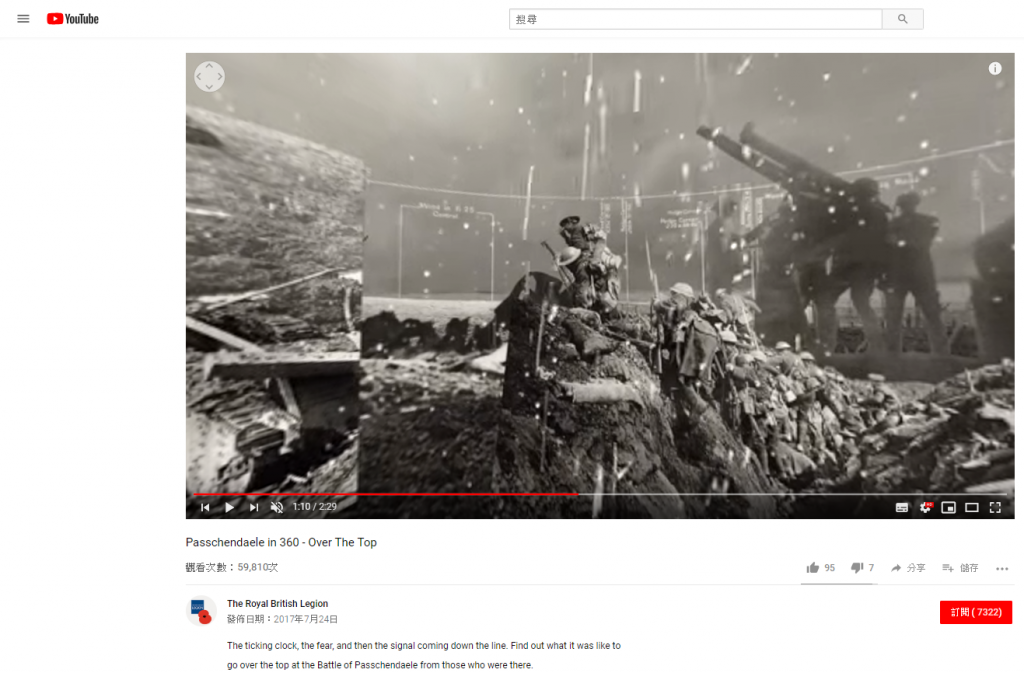How do AR and VR technology work in the marketing industry?

Written by: Cheung Wing, Lilian
Observed in the United Kingdom and many other countries, Remembrance Day is a day in which people wear poppy pins to commemorate the fallen members of the military force. 2018 was a particularly important year, as it marked the centenary of the end of WWI. However, from a research in 2017(source?), one third of young people neither choose to wear poppy pins nor support any traditions of the Remembrance Day. In light of this, the Royal British Legion collaborated with Geometry Global UK and Blippar, an AR (Augmented Reality) tech start-up, to launch the “Every pin tells a tale” campaign. The campaign aimed at improving the relevance of the Remembrance Day to young people and call for donations to support the living of injured veterans.
The campaign can be generally separated into two parts – the AR app and the VR experiential videos. To bring back stories in times, 60,083 poppy pins with portal to the battle of Passchendaele were designed to commemorate the fallen soldiers. The war was notorious for its adverse weather, which further increased the death toll. By scanning the poppy pin box using Blippar’s AR app, a muddy trench which visualized the torturous battlefield conditions would appear on screen. 60,083 was the number of deaths of the soldiers, therefore each pin was dedicated to come with a unique story of a fallen soldier. That particular soldier’s personal information, photos, letters and diaries which recorded their feelings in wartimes would appear one by one on the AR app like a magical novel, which can attract audiences’ interest to follow the flow of their stories. The AR technology provided consumers a strong sense of presence of the wars: It magnified the emotional appeal brought by the sad stories of the soldiers who died at a very young age. This helped resonate with the audience who are of similar age as them.
On the other hand, the campaign uploaded VR videos on YouTube to show the realistic war situations. People who had VR headsets could experience the immersive sensations brought by the VR videos. They could see armed soldiers rushing to them from all directions, with continuous sound of explosions near them. If they look up, they would find that it was not only the dark clouds that made the sky gloomy, but also the hovering military helicopters. The VR videos actualized the pain brought by the destructions and evoked people’s sympathy to the fallen soldiers.
AR and VR are cutting-edge technologies that have gained popularity recently. They can intensify the effect of experiential marketing to deepen people’s feelings. But one thing to bear in mind is that, VR requires good hardware to guarantee an immersive experience. However, a good VR headset usually costs several thousand, which is quite costly to ordinary people. In this case, those who can’t afford a VR headset could only watch the 360 degrees videos without the sense of realism. So, the description of the devastating war could only be presented in a much weaker way, which was less likely to impress the audience.
The idea of using VR is brilliant, but the hardware problem should also be taken into consideration, or else the effectiveness of the idea would unfortunately decrease.
Reference
http://sites.wpp.com/wppedcream/2018/design-and-branding/digital_-_experiential/every-pin-tells-a-tale
https://www.stephandjosh.co.uk/rbl
https://www.independent.co.uk/voices/poppy-remebrance-sunday-young-people-millenials-refuse-to-wear-glorifies-war-a8035976.html
https://www.techradar.com/news/the-best-vr-headset




